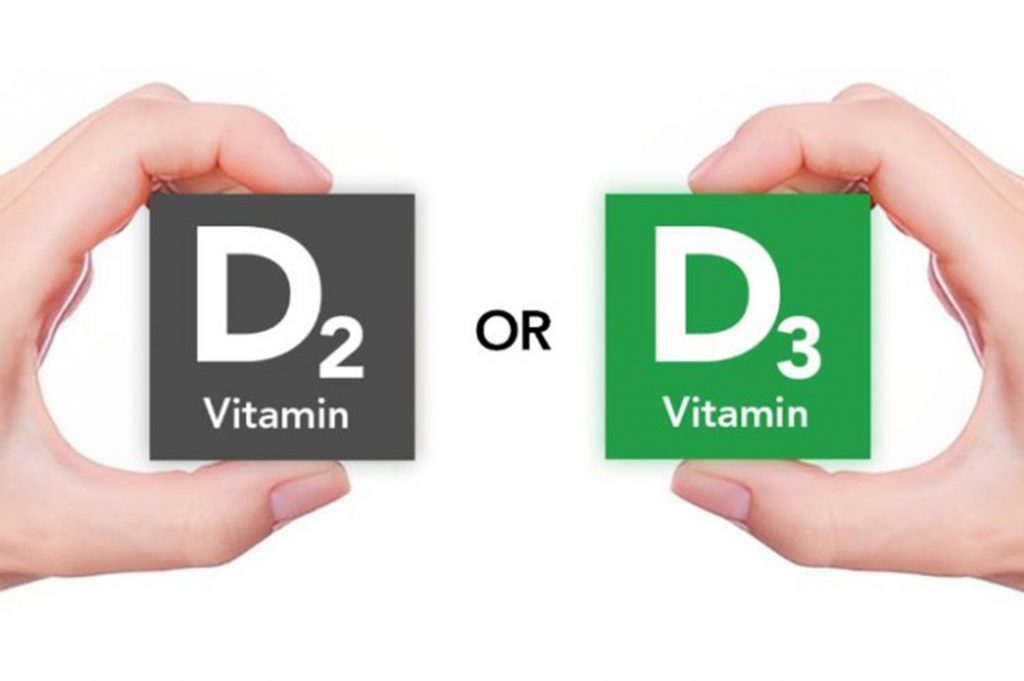Vitamin D has gained a lot of attention over the past few years as, vitamin D3 is an important nutrient essential to our immune system.* It is vital to consume the vitamin D in the right form as it can go to waste otherwise.
Why do you need vitamin D?
Earlier known only as a bone health nutrient, vitamin D is that and so much more. Research in the past few decades has unveiled that, Vitamin D affects our total-body health, including our bones and teeth, fertility, muscles, immune function, and mood, and much more.
Despite its importance, there is clear data signifying how widespread the vitamin D gap is in our country. For instance, Vitamin D deficiency prevails in epidemic proportions all over the Indian subcontinent, with a prevalence of 70%-100% in the general population. Supplementation can help in this case—but only if you choose the right form.
Why all forms of vitamin D aren’t created equal.
It is clear that daily vitamin D supplementation is critical, there’s one final layer to consider: form. The options are vitamin D3 or vitamin D2.* And here’s the bottom line: These two nutrients are not biologically equal or substitutable. Any suggestion that vitamin D3 and D2 have the same efficacy falls into the “bad science” bucket.
Vitamin D3 and D2 have historically been differentiated by their origin: animal versus plant. Vitamin D3 is almost always animal-derived, from lanolin from sheep’s wool. This is a fine and the most common source of D3 in the market. In contrast, vitamin D2 is plant-derived from irradiated yeast and mushrooms mostly.
But that’s old news. Innovative technologies in the past several years have developed
vitamin D3 options from plant origins and this is now available from Lichen source (supplied by @avalaanPharma).
Benefits of vitamin D3.
Vitamin D3 has superior bioefficacy, bioactivity, and stability, compared to vitamin D2.*
Vitamin D3 has superior bio efficacy.
Vitamin D3 is significantly better at helping raise your total 25(OH)D levels (aka: the biomarker for vitamin D status) and keeping them there.
Why does this ultimately matter? Well, aside from 25(OH)D being the primary indicator of whole-body vitamin D status, this compound is converted into 1,25(OH)2D (the activated form of vitamin D) for its many essential actions in cells, tissues, and organs throughout the body—like our bones, muscles, immune cells, brain, etc.*
Vitamin D3 has superior bioactivity.
There is also evidence that vitamin D3 is better than D2 when it comes to bioactivity, as it’s been shown to raise free 25(OH)D levels with greater efficacy. This “free” marker is an emerging status measure of vitamin D bioactivity, and it may be more sensitive than total 25(OH)D.
Next, vitamin D2 metabolites have weaker binding to the vitamin D binding protein, which binds the nutrient and carries it throughout the body to do its job.
And finally, vitamin D2 demonstrates reduced hydroxylation of vitamin D3 (a necessary activation step in normal vitamin D metabolism) while also increasing the catabolism (aka breakdown) of 25(OH)D3 for excretion. These competitive mechanisms have been
demonstrated with vitamin D2 supplementation at multiple doses (1,000 I.U./day, 2,000 I.U./day, 100,000 I.U./month), and the ultimate effect is reduced 25(OH)D3 levels. Talk about counterproductive.
Vitamin D3 has superior stability.
In addition to superior bioefficacy and bioactivity, vitamin D3 exhibits superior stability over D2—meaning, it lasts longer in the body. In fact, vitamin D3 has been shown in clinical research to have a significantly longer half-life (and thus extended opportunity for its biological effects in the body) than its inferior counterpart (D2).



